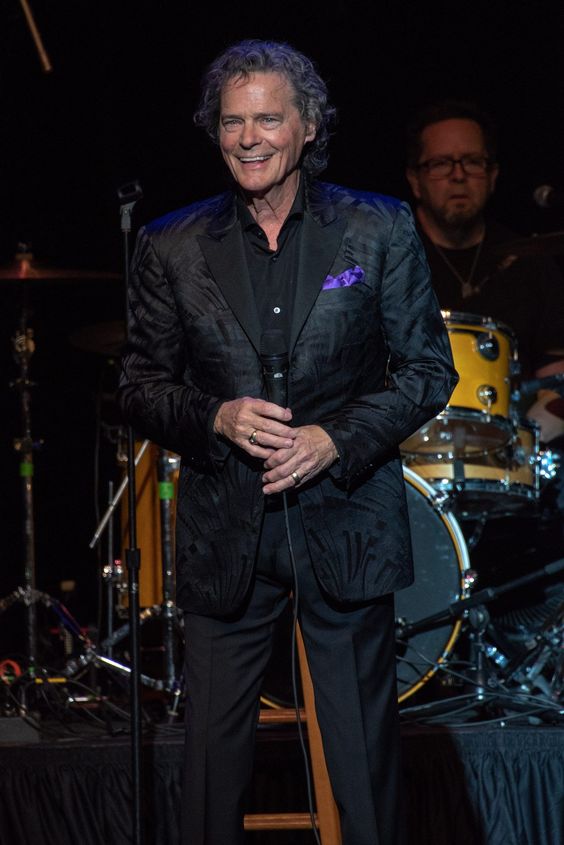They almost gave the tune to someone else — and the man who made it famous barely had a voice when he recorded it.
Burt Bacharach and Hal David wrote a gentle, optimistic melody for a dusty Western, yet it became an instant refuge for listeners when B.J. Thomas’s weary voice met the song in a single studio take. The contrast was startling: a jaunty tune about light after rain, born for the film world, that slipped quietly into the public heart and would not let go.
Written for the film Butch Cassidy and the Sundance Kid, the song arrived on screen like a small, stubborn sunbeam. Rumors swirled that other names were considered — even Bob Dylan — but it was Thomas who lent the song its warm, conversational delivery. He walked into the booth tired from touring, battling laryngitis, and — by all accounts — laid the track down quickly, a rawness remaining in the performance that many say became its soul.
Raindrops keep fallin’ on my head — but that doesn’t mean my eyes will soon be turning red.
— Hal David, lyricist
Critics and audiences alike felt the same gentle nudge: the tune refused to behave like a typical film cue. Its cheerful piano and nimble horn lines seemed to shrug at the movie’s violence and the era’s unrest, offering instead a private promise of brighter mornings to anyone willing to listen. When radio picked it up, it moved fast — a short ride to the top of the charts and later an Academy Award for Best Original Song — but those honors never dulled its domestic charm. For many older listeners it became a family staple: music for the road, for the kitchen, for the quiet hour with a cup of tea.
The recording session’s lore adds to the song’s mystique. Friends and colleagues who remember Thomas from those years describe how exhaustion and a strained throat yielded a delivery that was both fragile and endearing. That apparent vulnerability — the very thing a polished production might have erased — invited listeners in.
Raindrops keep fallin’ on my head, and just like the guy whose feet are too big for his bed.
— B.J. Thomas, singer
Beyond the studio, the song’s upbeat words and breezy arrangement clashed deliciously with the film’s dusty landscapes. That mismatch made the number feel less like a movie prop and more like an independent friend. It offered a tidy optimism that was both simple and stubborn: bad things happen, but happiness can appear anyway.
For an older audience, the song carries memory as much as melody. It marks family drives, Saturday afternoons, and moments when radio offered company. The tune’s easy phrasing and repeatable chorus made it accessible to all ages, especially those who recall a time when popular music could be both plainspoken and deeply persuasive.
Behind the scenes, the song’s path involved the music business’s usual mix of chance, tenacity and quiet compromises. A composition placed into a film, a weary singer who nevertheless delivered, and an audience ready — hungry, even — for a brief, untroubled lift.
And then, at what feels like the height of the lift, the story stops: a single wave of piano, a smile in a vocal line, and the recording hangs in the air — a memory caught between film and radio, between a man with a sore throat and a tune that asked listeners simply to keep walking until the sun returned.
